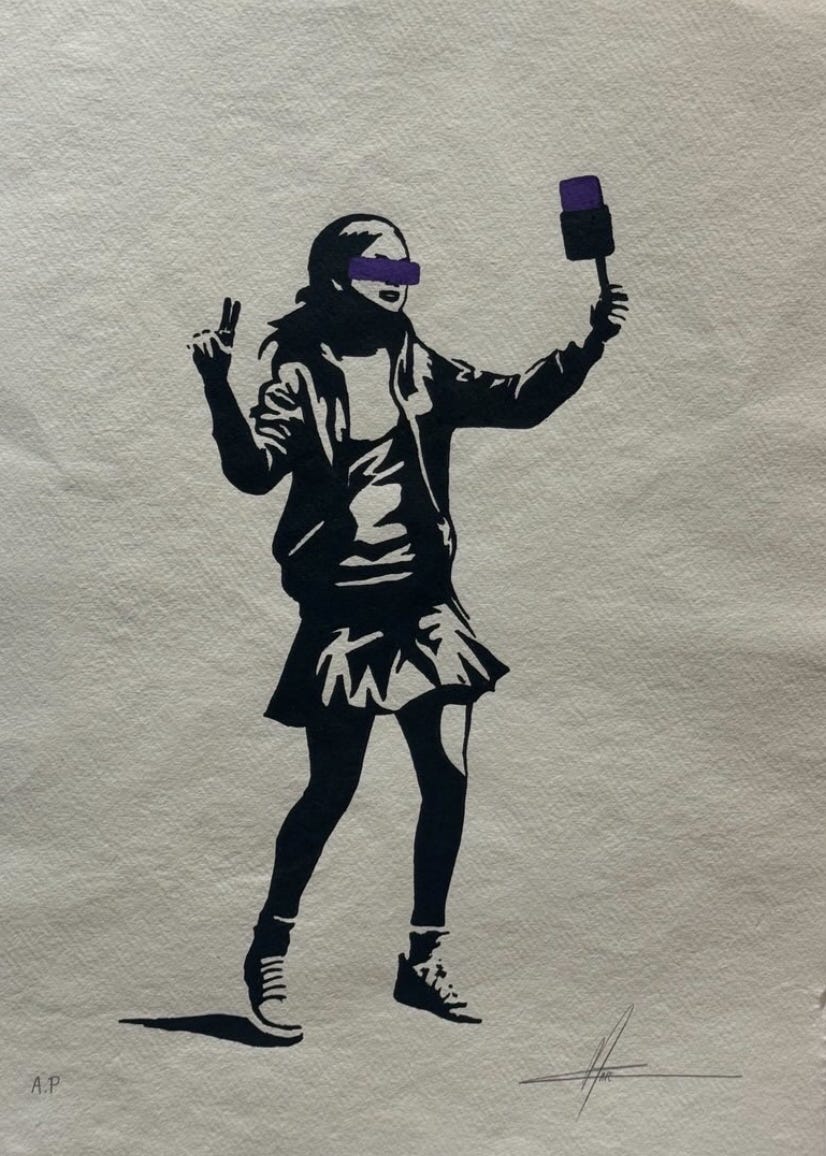If your daughter watches YouTube, Tiktok or Instagram, she’s likely come across another girl her age doing a ‘Get Ready With me!’ video. Typically this involves a girl filming herself getting ready in the morning, showing which skincare and makeup products they use to perfect their already youthful skin. She may have also come across silly TikToks of girls dancing or lip syncing to fun songs, or maybe unboxing and playing with toys.
These types of videos can provide entertainment, and perhaps your daughter has even asked to create her own and post them online in an attempt to emulate what she’s seen others do. While this may seem innocent, and I’ll bet the videos truly are adorable- there are a few things parents should consider before allowing their daughters to post content.
1. The Potential For Comparison
Think about your adult experiences as you passively consume social media. The comparison is unreal. Friends and strangers are posting their most curated, ‘happy’ moments and despite understanding it’s not all real, we often can’t help but compare and feel ‘less than.’
Now imagine your daughter having a similar experience, except her brain is not yet fully developed. Her pre-pubertal brain is primed for comparison and peer pressure. “How will my video perform? Why did hers get more likes than mine? Ugh, she’s so much prettier than me. Maybe this filter will help.”
According to one study called The Girls’ Index, 57% of 5th-12th graders say social media makes them want to change the way they look. The Dove Self-Esteem Project revealed that 80% of young girls have already used filters or photo-retouching apps by age 13. Eating disorders have doubled globally in the past decade, and social media has no doubt played a massive role.
We need to ask ourselves if our daughters are ready for the pressure of comparison that inherently comes when posting online, when we ourselves as adults can struggle with it.
2. The Potential for Attracting Followers and Admirers with Nefarious Intentions
Child influencer accounts often gain followers faster than other types of accounts. A New York Times investigation found that of 5,000 young female accounts examined, there were 32 million connections to male followers.
I don’t think I need to belabour this point, but the predators have moved online, they are sophisticated, and child grooming is at an all-time high. They know how to trick your child, and how to move them off-platform to a more secretive space.
Does your child have the knowledge and executive function to recognize a predator? To know what to do? Would she come to you? These are all important questions to consider.
3. The Potential for External Validation
Likes. Followers. Comments. Shares.
This study showed that adolescents are more sensitive to social feedback than adults, and that adolescents’ moods are affected more strongly by a reduction in likes than adults. External validation can lead to posting more extreme content, as followers quickly get ‘bored’. It can also lead to them equating their self-worth to others’ opinions. The opposite, bullying, can also occur which can be damaging to a growing child’s self-esteem.
How is your daughter’s self-esteem? Is she sensitive to feedback from others? What is her motivation for posting?
4. Posting can Promote Consumerism
Nearly 30% of children ages 8 to 12 want to become YouTubers, according to a survey from The Harris Poll, and almost half of teenagers ages 13 through 18 aspire to become social media influencers, Morning Consult reports.
We need to think about why they want this career. For some, it’s for fame or expression of creativity. But for many, it’s about the money, as this Washington Post article outlines. And in order to make money, you typically need to promote products.
Consumerism can lead a child to equate personal value with ‘things,’ and also has impacts on the environment.
Does your daughter understand what consumerism and materialism is? Do they understand climate change and how consumerism affect this?
5. Consider Their Digital Footprint
As digital safety and child exploitation advocate Sarah Adams of mom.uncharted tells me,
When your daughter posts a video, even if it’s just her putting on lip gloss or showing off her morning routine, that content becomes part of her digital footprint — the record of her online presence that can follow her for years to come. What might feel lighthearted now can later be searchable by future employers, schools, peers or even people with bad intentions.
There’s also the issue of privacy. These videos often reveal more than we realize — the layout of your home, maybe her school uniform, personal habits, and even her location. Once posted, that information is no longer in her control.
Have you discussed digital footprints with your daughter? Does she understand that what she posts online may be permanent, and the implications of this?
Final thoughts…
Ultimately, we want to empower our daughters both in the real world and when they begin creating a digital footprint. Self-expression and creativity are both great things, but we must consider the motives and consequences of doing so. It may be more difficult for younger girls to appreciate these nuances, so it’s up to us to teach and guide them.






Thank you Miguel at MAFE studios for contributing the artwork for this piece. Check him out, his talent is endless!